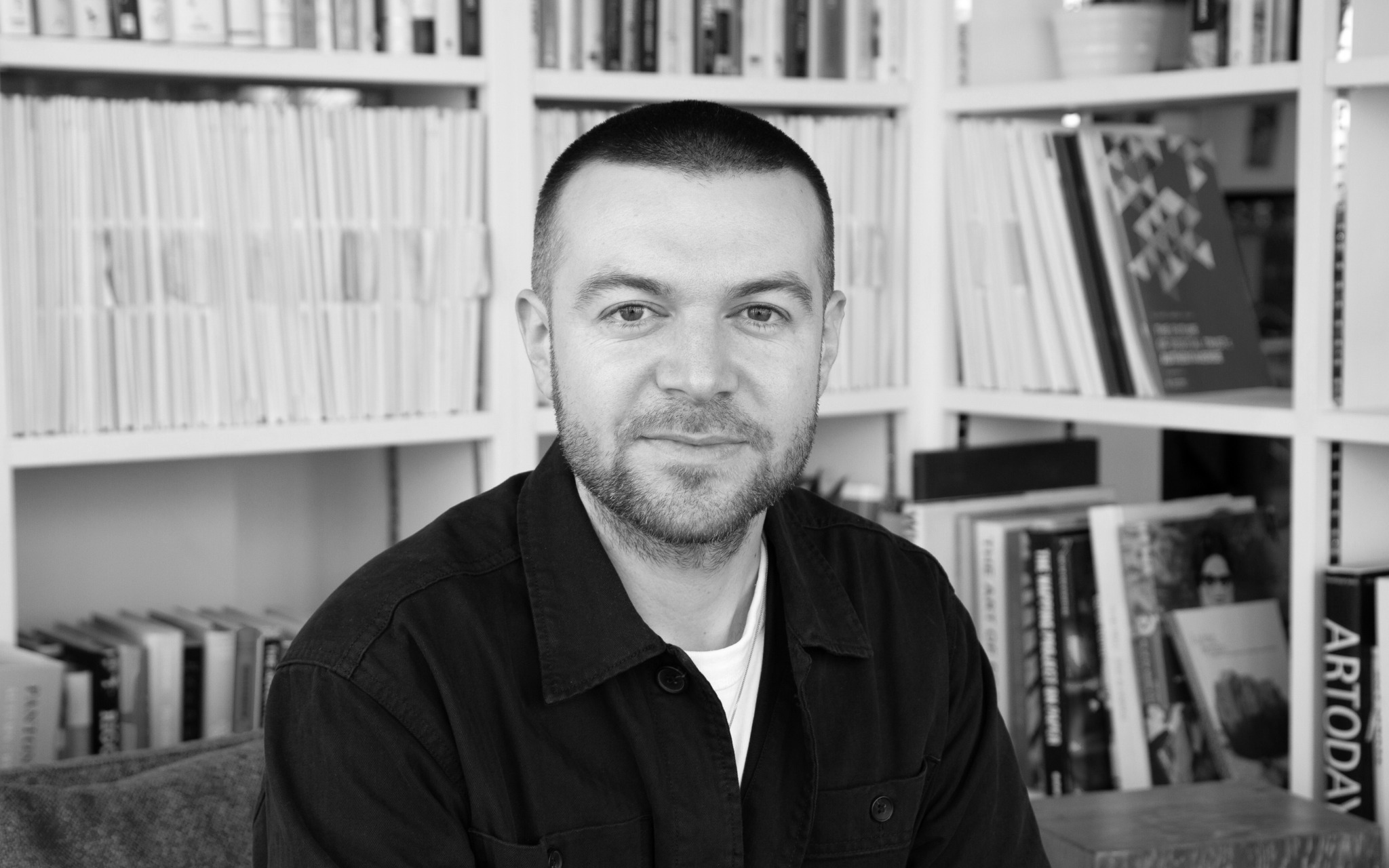
Alex Hawkins, lead author of The Future Laboratory’s ‘New Codes of Luxury in Saudi Arabia’ explains how next-generation Saudi consumers are dispelling luxury stereotypes.
As the Kingdom of Saudi Arabia (KSA) emerges as an influential luxury epicentre, views on its key luxury demographics, and what they value, are being challenged.
The next generation of Saudi consumers is re-inventing luxury from the inside out, according to New Codes of Luxury in Saudi Arabia, a new joint report by The Future Laboratory in partnership with Together Group.
